Review for On the Fiddle
Introduction
When I was a boy, for me Sean Connery was synonymous with James Bond. In our formative years, we only have a limited exposure to television and cinema to inform our sensibilities, mainly through simple fact of not having lived very long, and as a young boy entertained by boys’ own adventures and derring-do, James Bond was a natural draw. Can you imagine the eye-opener when one quiet Sunday afternoon, On the Fiddle was broadcast? Not only wasn’t Sean Connery the star, but far from the smooth, suave and sophisticated Bond, this time he was the simple, gullible sidekick, playing second fiddle to a fast talking wide boy. Can you imagine how the Americans felt? On the Fiddle was made in 1961, pre Dr. No, but it was sold in the US in 1965 as Operation Snafu. Hot on the heels of Bond-mania it was actually marketed as a Bond-style action movie. Anyway, Network have spruced the film up for a release this spring as part of The British Film collection, and I felt the urge to refresh my memory.
It’s World War II, and what’s a young, healthy, intelligent and enterprising man to do but enlist? For Horace Pope, that is the last thing on his mind, as self-preservation and turning a profit make much more sense. His mistake was trying to shift his wares in front of a R.A.F. recruitment office, an action that sees him up before the magistrate. When he explains that he was just sharing some mascots while waiting to enlist himself, the magistrate takes him at his word, and lets him off the charge. She even helps by expediting his enlistment. So now Horace Pope is fated for combat, the last thing he wants. But you can’t keep a good spiv down for long, especially when he meets Pedlar Pascoe, a slow-witted, gullible but good natured fellow recruit. Seeing that the military bureaucracy is complex, labyrinthine, and easy to exploit, Pope and Pascoe decide to fiddle their way through the war.
Picture
On the Fiddle gets a 1.66:1 anamorphic monochrome transfer on this single layer disc, leaving it looking pillar-boxed on widescreen sets. It’s a variable transfer, with WWII stock footage of lower quality. The contemporary footage is clear and sharp for the most part, with a stable image, light grain, good contrast and good detail. There is evidence of the odd scratch and hint of print damage, while the film drops out of focus for a bit around the 65 minute mark, but other than that it is of good quality, and easy to watch.
Sound
Audio comes in DD 2.0 mono English, and while the dialogue is clear and the audio free of glitches or drop-outs, some of the WWII era slang does go over my head now, and it’s a shame that subtitles aren’t available. Incidentally, political correctness is somewhat lacking in a film of this vintage, so prepare your sensibilities for some Carol Thatcher-ness in the script.
Extras
The film is presented with a slightly animated menu. You’ll miss the animated bit in the time it takes for you to insert the disc, and the television to auto-switch to the DVD channel. You get the 3-minute UK trailer, and the US trailer, but unfortunately it is the 30-second trailer for the Operation Warhead re-issue (the film was re-named yet again), not the first Operation Snafu release, so we don’t get to see the film as originally mis-sold to the Americans. Finally there is a 30 second image slideshow, offering artwork and production stills.
Conclusion
There are certain kinds of war movies that can’t be made during the wars that inspire them. Certainly a movie about a spiv skiving his way through the war wouldn’t have been possible in a period when films would have had to be patriotic and inspiring to the masses. On the Fiddle was made 15 years after the end of the war, and it has something of a sixties sensibility to it, especially in the edginess of its comedy, and the direction its story takes. At other moments it does seem to capture the wartime feeling quite well, in its characters and the atmosphere that it develops.
Atmosphere is all well and good, but the film has to be good as well, and On the Fiddle can’t quite sustain over its 90-minute runtime. There are two problems, and the first is a question of pace. It’s a whistle stop tour of the war, with Pope and Pascoe recruited early on, and then subsequently trying to avoid the war while making a profit by engineering transfers from one British mainland posting to another. It’s like a series of comedy sketches, with the pair arriving at their new posting, a quick introduction to the local characters and the situation, and then a brief burst of conmen and trickery before being compelled to move on. They’re like a couple of nefarious Littlest Hobos. It isn’t really enough time to get invested in the characters or develop any empathy for their situations. We start early on in the war, and by the time the movie ends, years have passed, the Yanks have joined, D-Day has happened and the Allies are forging ahead in Europe.
The second problem is far more detrimental to the film. Alfred Lynch is the star of the movie, the quick-witted Horace Pope. He’s got that trademark twinkle in his eye, the gift of the gab, the ability to turn any situation to his advantage. You’re supposed to be hanging on every word, cheering him on as he pulls another fast one on a gullible mark or two. You won’t be, you’ll be watching Sean Connery instead, who effortlessly steals the film, even as the gormless Pedlar Pascoe. It’s already evident that he exhibits more star quality in his simplest gestures, than Lynch manages in the whole film, as he reels off pages and pages of dialogue.
The filmmakers obviously recognised this, or it was a fortunate coincidence, as the story gradually shifts emphasis from Pope to Pascoe. Pope is in his element on the mainland, living off his wits, trying to scam another shilling or two from unwitting marks. But when it comes to romancing the ladies, when it comes to actual action, when the two are inevitably posted to the front lines, it turns out that this is Pascoe’s field of expertise, and where he was originally slow-witted and gullible, he has the proficiency of wit and valour to keep the two men alive, while Pope is out of his depth. Regardless of the story requirement though, you’ll be watching Connery regardless, and I suspect that might have been the case even when the film was released back in 1961.
On the Fiddle does offer some entertainment value, but it’s of more interest in seeing a young Sean Connery in a role diametrically opposed to the kind of roles he would later be typecast for. Network offers the film with a clean transfer, although the disc is a little light on extras, and subtitles really ought to have been included.
Find out more on Facebook, Twitter Hashtag: #TheBritishFilm, and the Network Website.
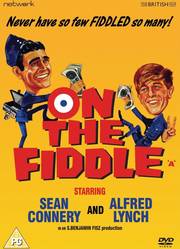
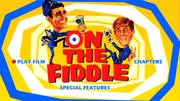
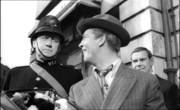
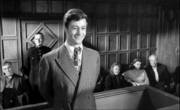
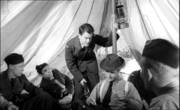
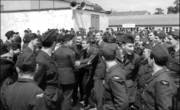
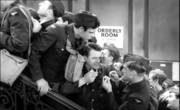

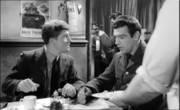
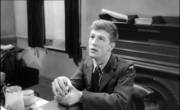
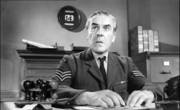

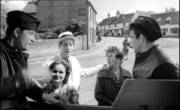
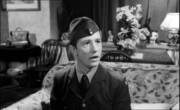
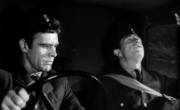
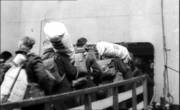
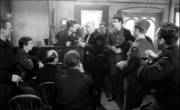
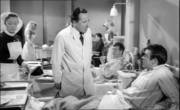
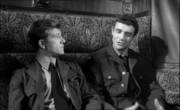
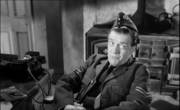
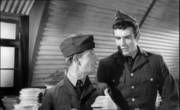
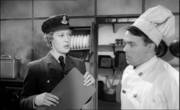
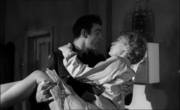
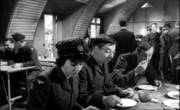
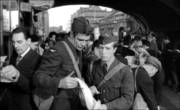
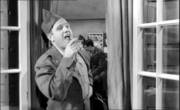
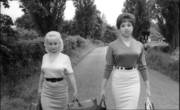

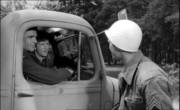
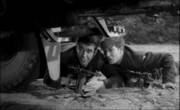
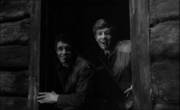









































Your Opinions and Comments
Be the first to post a comment!